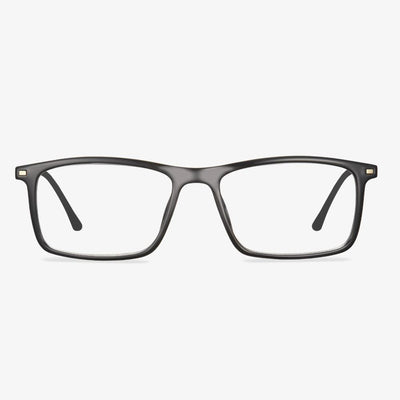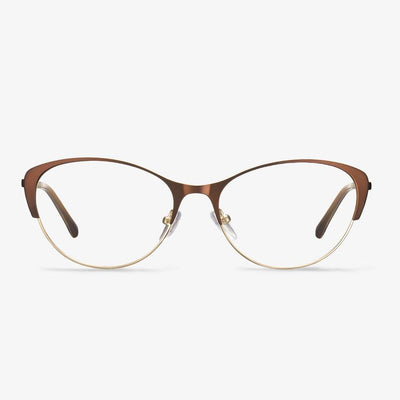The Optical Center of A Lens
When wearing glasses, try to look through the optical center of the lens. This needs the cooperation of the neck, you can slightly lower the head when looking at the computer, to adjust the line of sight. The Center of optical glasses is divided into two kinds: 1 mm up myopic lens center is the most proper, of course, more than 2-3. And the most important thing is that the lens pupil high (about the two-lens optical center of the high and low) must be proper (that is, the right of the lens optical center is 1 mm, the left must be 1 mm. 2-3 mm is the same, what is the height of the pupil on the right side must be the same on the left side. The optical center of the presbyopic lens is 1 mm, the most proper.
What Should Be Considered When Buying Blue Light Glasses?
Be wary of “eye protection” claims. Some businesses advocate their anti-blue light products how miraculous.
Do not try the lens from the unknown lens manufacturer or lens factory. A professional lens factory needs more than ten years or even decades of accumulation, so do not be blinded by dazzling pictures and brand image.
Uvex Stealth OTG Safety Goggles
They provide more protection and coverage than other prescription safety glasses. Due to the full seal around the eye, these OTG safety goggles prevent chemical splashes, and bumps, and scratches, making them wonderful general-purpose safety goggles to wear over your prescription glasses. Dura-Streme's scratch-resistant coating helps keep the lenses crystal clear, which is especially important when wearing the underlying glasses.
Who should wear blue light glasses?
Teenagers, middle-aged and old people need to wear blue light glasses. The lens of a teenager is clear, pure, and still developing. Their eyes are less resistant to blue light than adults and are more vulnerable to long-term exposure to blue light, which can promote the development of myopia. Teenagers study more nervous, are free to love to play computer games, love to watch TV programs. Blue light damage can be said to be everywhere. As a result, teenagers are among the biggest victims of blue light. Macular degeneration is a common disease in the elderly, usually occurring after the age of 45, and the incidence increases with age. Blue light can accelerate the progression of macular degeneration, especially in patients following cataract surgery. Blue-blocking glasses are still the best preventative measure.
Single Vision vs Progressive: What Are Their Differences
With single vision lenses, you can also just use the center of the lenses to avoid prismatic effects if your prescriptions are very unequal for both eyes.
As for progressive vs single vision, they also have differences in frame selection. You will stick to frames when choosing progressive lenses that will provide you with a minimum height of 14mm from the point you are looking through the lenses into the distance to the point you are looking down while you read.
Besides the above differences, they are also some other differences between single vision glasses and progressive lenses. You can choose either one based on your needs. To choose glasses, Koalaeye glasses are recommended. They come in stylish and at a cheap price.
Armada Optical Services
Armada Optical Services is a full-service laboratory dedicated to providing one of the best safe prescription eyewear programs for your organization. They now have different kinds of safety frames, including plastic, stainless steel, frameless, and titanium. Armada provides all the safety lenses available on the market today, including special lenses for welding, furnaces, etc. The company has certified polycarbonate and Trivex (Trilogy) lenses to meet the new ANSI Z87.1-2003 standard. They provide a variety of high impact lenses. Armada is the laboratory for safety, quality, price, selection, service, and knowledge.
Anti-fouling Coating
The lens coated with anti-reflection film is pretty prone to stain, and the stain will affect the transmittance of the lens. Microscopically, the anti-reflection film shows a porous structure, therefore, the oil is very easy to soak in it. The solution is to coat a layer of anti-fouling film with anti-oil performance on anti-reflection film. The film is very thin and will not change the optical performance of the anti-fouling film. The material is mainly fluoride. There are two processes, one is the immersion method, one is the vacuum coating method (the most commonly used).











































